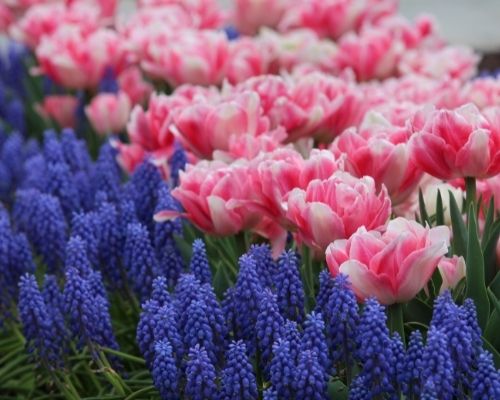Keep Your Bulbs Safe From Pesky Rodents
Meadow voles are harmless creatures and actually pretty cute, but for gardeners they can be a big nuisance. If you need some practical ideas for how to control these furry, mouse-like rodents, read on.
Voles are voracious eaters. Unlike moles, which are carnivores, voles are dedicated herbivores. They eat plant roots and tubers, mushrooms, berries, seeds and nuts, and the bark of shrubs and small trees. Unfortunately, they also have a special fondness for flower bulbs.
Voles are common throughout the northern half of the U.S. They live both above and below ground. Above ground, you may see them zip across a garden path or notice the “runways” where they travel across the soil or lawn. Voles also dig shallow tunnels that leave the soil feeling spongy underfoot. Small holes on the soil surface indicate an entrance to one of their tunnels or burrows. Voles also make use of mole tunnels, which take them deeper underground.
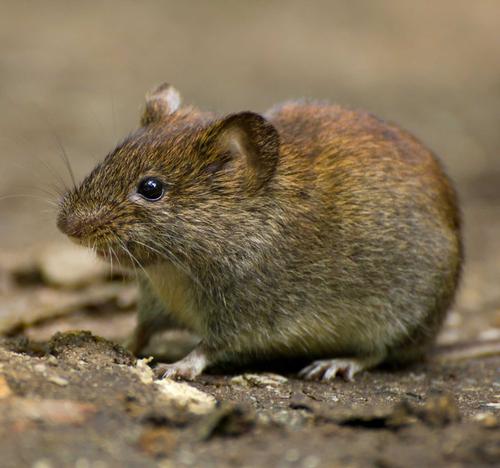
Having a couple voles around is hardly worth worrying about. But things can quickly get out of hand. Female voles go from birth to reproductive maturity in just 35 to 40 days. During their 12-month lifespan, each female vole can produce 50-80 offspring. That's a lot of hungry voles. Plus, since they don’t hibernate during in the winter months, voles are always busy looking for their next meal.
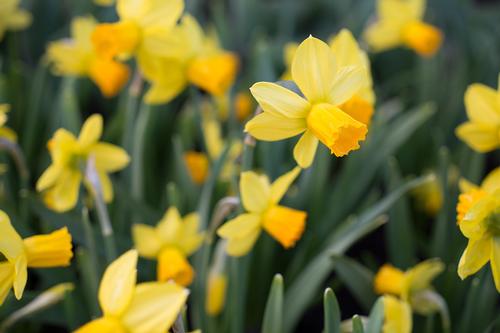
7 Ways to Minimize Vole Damage
Tidy Up. Voles love messy areas with long grass, dead leaves, plant debris and mulch. If you have a garden, it’s pretty much impossible to eliminate these vole-friendly environments, but if you can minimize them, you will make the area less appealing.
Don't Tempt Them. Voles don’t eat all types of flower bulbs. Bulbs they avoid include daffodils and fritillaria. They also rarely bother alliums, camassia, chionodoxa, muscari and snowdrops.
Natural Barriers. Planting bulbs beside a walkway, against the house, between the sidewalk and road, or inside a planter makes them less accessible to burrowing voles. Small garden beds, surrounded by lawn or backed up to a structure, are somewhat less appealing than large beds with soft, welcoming soil.
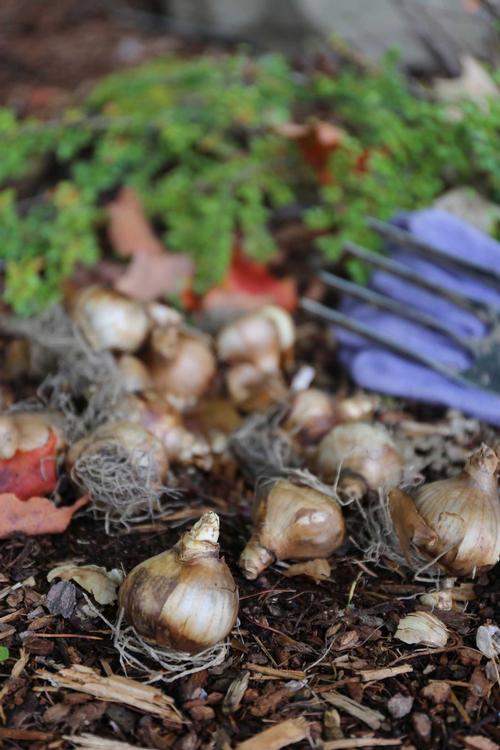
Fencing. Voles are small and persistent. To create a vole-proof barrier, use steel mesh with openings that are no more than 1/4" square. Surround the garden or planting area with the mesh, making sure it extends 12” below ground and 12” above ground. Ideally, the bottom of the bed should be protected as well.
If you consistently lose tulips to voles, consider making some open-top, wire mesh cages and planting the bulbs inside. Cover the bulbs with a layer of gravel to discourage digging from the top down. Another option is to plant inside plastic nursery pots. Cut out the bottom of the pot, dig a hole and set the pot inside. Plant the bulbs inside and cover the surface with crushed stone.
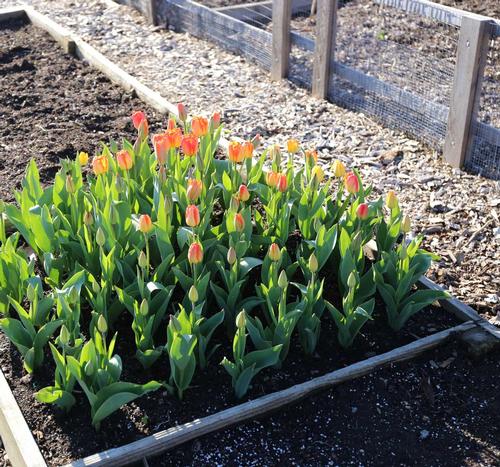
Deterrents. To make tunneling more difficult, surround planting areas with a band of crushed gravel. Dig a 6” deep trench and fill with stone. When planting bulbs, add a handful of granite chips or crushed oyster shells to the planting hole to deter chewing. For added protection, mix in some red pepper flakes and powdered garlic.
Traps. Voles are easy to catch in snap traps. Locate them in vole runways or near their entry holes and use peanut butter for bait. Check frequently. Remember that traps can be hazardous to children, pets and other wildlife. To reduce the risk, you can cover the traps with a box that has entrance and exit holes.
Repellents. Castor oil granules and liquid sprays can be used to repel voles. Fox and coyote urine (available commercially) are also reputed to be effective. Remember that scent repellents need to be reapplied as directed and may not be effective in the soil.

Here are a few other tips for controlling voles.
Think about where you place your bird feeders. Dropped seeds and shells attract voles, so try to locate feeders away from flower beds, especially beds that may contain flower bulbs.
Domestic cats are great at catching voles. Voles are also eaten by owls, hawks, foxes, bobcats, coyotes and some kinds of snakes.
You may find vole problems come and go with the peaks and valleys of their annual population cycles.


